Home>Articles>What Size Expansion Tank Do I Need For A 40 Gallon Water Heater
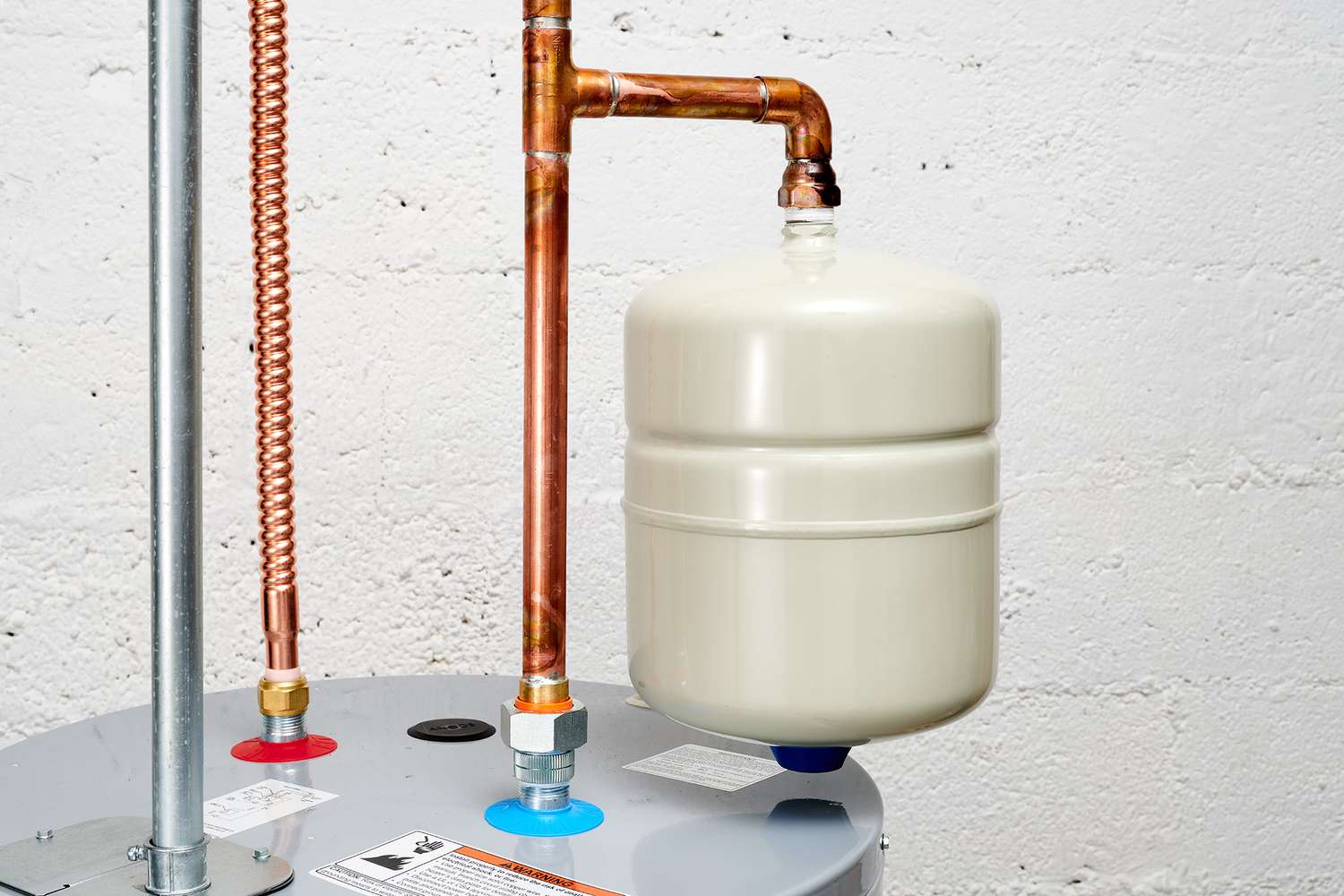

Articles
What Size Expansion Tank Do I Need For A 40 Gallon Water Heater
Modified: February 22, 2024
Find out the perfect size expansion tank for your 40 gallon water heater in our informative article. Avoid common mistakes with our helpful tips and recommendations.
(Many of the links in this article redirect to a specific reviewed product. Your purchase of these products through affiliate links helps to generate commission for Storables.com, at no extra cost. Learn more)
Introduction
When it comes to maintaining a properly functioning water heater, there are several factors to consider. One important component that is often overlooked is the expansion tank. Expansion tanks play a crucial role in ensuring the longevity and efficiency of your water heater by helping to regulate pressure changes within the system. Without the correct size expansion tank, you may face issues such as leaks, pressure buildup, or even damage to the water heater itself.
In this article, we will delve into the world of expansion tanks and explore their significance in relation to 40-gallon water heaters. We will discuss the factors that affect expansion tank size, how to calculate the right size for your specific setup, selecting the appropriate expansion tank, proper installation techniques, and maintenance tips. So, let’s get started!
Key Takeaways:
- Properly sizing an expansion tank for a 40-gallon water heater is crucial for preventing pressure-related issues and ensuring the system’s longevity and efficiency.
- Factors such as water heater capacity, system pressure, and temperature settings must be considered when calculating and selecting the appropriate expansion tank size. Regular maintenance and troubleshooting are essential for optimal performance.
Read more: What Is An Expansion Tank On A Water Heater
Understanding Expansion Tanks
Before diving into the details of selecting the right size expansion tank for your 40-gallon water heater, let’s first understand what an expansion tank is and why it is crucial for the proper functioning of your water heater.
An expansion tank is a vessel that is designed to accommodate and regulate the increase in water volume that occurs as water is heated within the water heater. As water heats up, it expands in volume, leading to a rise in pressure within the system. This pressure increase can cause strain on the water heater and the associated plumbing, potentially leading to leaks, valve failures, or even burst pipes.
The primary purpose of an expansion tank is to provide a space for the expanded water to flow into, thereby relieving pressure and preventing damage to the water heater and plumbing system. By absorbing the excess pressure, an expansion tank helps to maintain a stable and safe operating environment for the water heater.
So, why do you need an expansion tank for your water heater? The answer lies in the nature of closed-system water heaters. Unlike open-system heaters, which allow water to expand and flow into the municipal water supply, closed-system heaters are designed to maintain a closed-loop circuit.
In a closed-loop system, the water heater is sealed off from the main water supply. This means that as the water inside the heater expands, it has nowhere to go, resulting in pressure buildup. Without an expansion tank to accommodate this increased volume, the pressure can reach dangerous levels, leading to potential system failures.
By installing an expansion tank in your water heater system, you can alleviate the excessive pressure and protect your water heater from the potential damage caused by thermal expansion. It is an essential component that ensures the safe and efficient operation of your water heater over time.
Factors Affecting Expansion Tank Size
Now that we understand the importance of an expansion tank for a water heater, let’s explore the factors that determine the appropriate size for the expansion tank. It’s crucial to consider these factors to ensure optimal performance and prevent any potential issues.
1. Water heater capacity: The size of your water heater plays a significant role in determining the expansion tank size. Generally, the larger the water heater capacity, the larger the expansion tank required. A 40-gallon water heater, for example, would typically require a specific expansion tank size to accommodate the volume of water and pressure changes.
2. System pressure: The system pressure is another critical factor to consider. The pressure rating of your expansion tank should match that of your water heater system. Higher pressure systems will require expansion tanks with corresponding pressure capabilities to function effectively.
3. Temperature settings: The temperature at which your water heater is set can impact the rate of expansion and the required size of the expansion tank. Higher temperature settings can cause water to expand more rapidly, necessitating a larger expansion tank to handle the increased volume.
4. Expansion tank location: The physical location of the expansion tank within the water heater system also affects the size requirements. Ideally, the expansion tank should be located on the cold water supply line, close to the water heater. This positioning allows the tank to effectively absorb the expanded water and relieve pressure. Placing the expansion tank in an appropriate location ensures that it functions optimally, regardless of the tank size.
These factors are interrelated and must be considered collectively when determining the size of the expansion tank for your 40-gallon water heater. By taking into account the water heater capacity, system pressure, temperature settings, and expansion tank location, you can ensure that your expansion tank is appropriately sized to provide the necessary pressure relief and maintain the overall efficiency of your water heater system.
Calculating the Expansion Tank Size
Now that we are aware of the factors affecting expansion tank size, let’s take a closer look at how to calculate the correct size for your 40-gallon water heater system. By following these steps, you can ensure that your expansion tank is properly sized to handle the thermal expansion without any issues.
1. Determining the water heater’s capacity: Start by identifying the capacity of your water heater. In this case, it is a 40-gallon water heater. This information is typically indicated on the manufacturer’s label or can be found in the product documentation.
2. Determining the system’s pressure: Next, you need to determine the existing pressure in the water heater system. You can do this by using a pressure gauge. Simply connect the gauge to a designated pressure test port on the water heater or consult a professional plumber to help you measure the system pressure accurately.
3. Calculating the required expansion tank volume: The formula for calculating the required expansion tank volume is: Expansion Tank Volume = Water Heater Capacity (in gallons) * System Pressure (in PSI) / (2 * 7.48).
Let’s use our hypothetical 40-gallon water heater as an example. Assuming a system pressure of 60 PSI, we can calculate the expansion tank volume as follows:
Expansion Tank Volume = 40 gallons * 60 PSI / (2 * 7.48) = 320 cubic inches.
Keep in mind that this calculation provides the required expansion tank volume in cubic inches. If you prefer to have the volume in gallons, simply divide the result by 231 (as there are 231 cubic inches in a gallon).
By following this calculation method, you can determine the appropriate expansion tank volume based on the water heater’s capacity and the system’s pressure. This ensures that your expansion tank is sized correctly to handle the thermal expansion and maintain the safety and efficiency of your water heater system.
You will need an expansion tank with a minimum volume of 2 gallons for a 40 gallon water heater. This will help accommodate the thermal expansion of the water as it heats up.
Selecting the Appropriate Expansion Tank
Now that you have calculated the required expansion tank volume for your 40-gallon water heater system, it is time to select the appropriate expansion tank. There are various expansion tank sizes available in the market, so it’s essential to choose the right one that meets your specific needs and requirements.
1. Available expansion tank sizes: Expansion tanks come in a range of sizes to accommodate different water heater capacities and system pressures. Common sizes include 2-gallon, 4-gallon, 6-gallon, and 8-gallon tanks. It is crucial to select a size that closely aligns with the calculated expansion tank volume to ensure optimal performance.
2. Choosing the right expansion tank for a 40-gallon water heater: Based on the calculated expansion tank volume, you should select an expansion tank size that is closest to or slightly larger than the required volume. In this case, a 4-gallon or 6-gallon expansion tank would likely be suitable for a 40-gallon water heater. It’s generally recommended to choose a tank with a slightly larger capacity to allow for any potential expansion variations and to ensure sufficient pressure relief.
Additionally, consider the construction and material of the expansion tank. High-quality tanks constructed from durable materials such as stainless steel or heavy-duty rubber are more likely to provide long-lasting performance and resist corrosion. It is also worth noting that some expansion tanks come pre-pressurized, simplifying the installation process.
Research various expansion tank brands and models, read customer reviews, and consult with professionals in the field to make an informed decision. They can provide valuable insights and recommendations based on their experience, ensuring that you choose an appropriate expansion tank that will effectively regulate pressure in your 40-gallon water heater system.
Remember, selecting an expansion tank that closely matches the calculated required volume and meets your specific needs is crucial for maintaining the efficiency, safety, and longevity of your water heater system.
Installing the Expansion Tank
Now that you have selected the appropriate expansion tank for your 40-gallon water heater, it’s time to proceed with the installation. This process requires a few tools and materials, as well as careful attention to detail. Follow these step-by-step instructions to ensure a successful installation:
1. Necessary tools and materials:
- Adjustable wrench
- Teflon tape
- Expansion tank
- Pipe cutter or hacksaw (if necessary)
- Pressure gauge (optional)
- Thread sealant (if necessary)
2. Step-by-step installation process:
- Turn off the power supply to the water heater. This typically involves shutting off the water heater’s electrical circuit breaker in your main electrical panel.
- Turn off the cold water supply to the water heater. You can use a shut-off valve located on the cold water pipe leading to the water heater.
- Use an adjustable wrench to disconnect the cold water pipe from the inlet side of the water heater.
- If necessary, cut the cold water pipe using a pipe cutter or hacksaw. Ensure a clean, straight cut.
- Apply a few wraps of Teflon tape to the male threads on the expansion tank’s inlet side.
- Hand-tighten the expansion tank onto the cold water pipe, ensuring a secure connection.
- If the expansion tank has a pressure gauge, ensure it is properly oriented and facing in a readable direction.
- Apply Teflon tape to the male threads on the outlet side of the expansion tank.
- Reconnect the cold water pipe to the outlet side of the expansion tank and tighten it with an adjustable wrench.
- If required, use thread sealant instead of Teflon tape on the pipe connections.
- Turn on the cold water supply to the water heater.
- Open a nearby hot water faucet to release any trapped air in the pipes.
- Check for any leaks around the connections. If you notice any leaks, tighten the connections or apply more sealing material as needed.
- Once you are confident that there are no leaks, restore power to the water heater by turning on the electrical circuit breaker.
It’s always a good idea to refer to the specific instructions provided by the manufacturer of your expansion tank. Additionally, consult with a professional plumber if you’re unsure about any step or encounter any challenges during the installation process.
Remember, proper installation of the expansion tank is crucial for maintaining the functionality and safety of your water heater system.
Maintenance and Troubleshooting
Once your expansion tank is installed and functioning correctly with your 40-gallon water heater, it’s important to perform regular maintenance to keep it in optimal condition. Additionally, understanding common issues that may arise with expansion tanks can help you troubleshoot and resolve them effectively. Here are some maintenance tips and troubleshooting guidelines:
Regular maintenance tips for expansion tanks:
- Check the pressure in the expansion tank periodically. The pressure should match the system pressure specified by the manufacturer. If the pressure is too low or too high, adjust it accordingly.
- Inspect the expansion tank for any signs of corrosion, leaks, or damage. If you notice any issues, consider replacing the expansion tank to prevent further damage.
- Ensure that the expansion tank is properly pressurized. Some expansion tanks have a Schrader valve that allows you to check and adjust pressure if needed. Consult the manufacturer’s guidelines for specific instructions.
- Flush out the expansion tank annually to remove any sediment or debris that may accumulate over time. This can be done by turning off the water supply, draining the tank, and rinsing it thoroughly.
- Check the condition and tightness of pipe connections to and from the expansion tank. If you notice any leaks or loose fittings, tighten or replace them as necessary.
Common issues and how to resolve them:
- Waterlogged expansion tank: If you notice reduced performance or constant pressure fluctuations in your water heater system, it may indicate a waterlogged expansion tank. In this case, the tank needs to be drained and repressurized. It is recommended to consult a professional plumber to assist with this process.
- Leaking expansion tank: Leaks in the expansion tank can occur due to corrosion, loose fittings, or damage to the tank itself. If you identify a leak, first try tightening the connections. If the leak persists, consider replacing the expansion tank to prevent further damage to your water heater system.
- Incorrect pressure settings: If you are experiencing pressure fluctuations or inconsistent performance, it may indicate incorrect pressure settings in the expansion tank. Consult the manufacturer’s guidelines or seek assistance from a professional plumber to adjust the pressure to the recommended level.
Remember, regular maintenance and periodic inspections of your expansion tank can help identify and resolve any issues before they escalate, ensuring the longevity and efficiency of your water heater system.
Conclusion
Choosing the right size expansion tank for your 40-gallon water heater is essential for maintaining its efficiency, safety, and overall performance. By understanding the purpose of the expansion tank, the factors that affect its size, and how to calculate the appropriate volume, you can ensure that your water heater system operates smoothly and reliably.
Remember that water heater capacity, system pressure, temperature settings, and expansion tank location all play a role in determining the correct expansion tank size. By considering these factors, you can accurately calculate the volume required and select an expansion tank that closely matches the calculated size.
The installation process involves a few simple steps, such as disconnecting and reconnecting the cold water pipe, applying the necessary sealing materials, and ensuring a secure connection. Following the manufacturer’s instructions and seeking professional assistance if needed will help you successfully install the expansion tank.
Regular maintenance, including pressure checks, inspections for leaks or damage, and flushing out sediment, will help keep your expansion tank in optimal condition. By addressing common issues such as waterlogging, leaks, and incorrect pressure settings, you can troubleshoot and resolve potential problems promptly.
In conclusion, understanding the importance of an expansion tank, calculating the appropriate size, and following proper installation and maintenance procedures will ensure the efficiency, longevity, and safe operation of your 40-gallon water heater system. By investing the time and effort into selecting and maintaining the right expansion tank, you can enjoy reliable hot water and peace of mind.
Frequently Asked Questions about What Size Expansion Tank Do I Need For A 40 Gallon Water Heater
Was this page helpful?
At Storables.com, we guarantee accurate and reliable information. Our content, validated by Expert Board Contributors, is crafted following stringent Editorial Policies. We're committed to providing you with well-researched, expert-backed insights for all your informational needs.
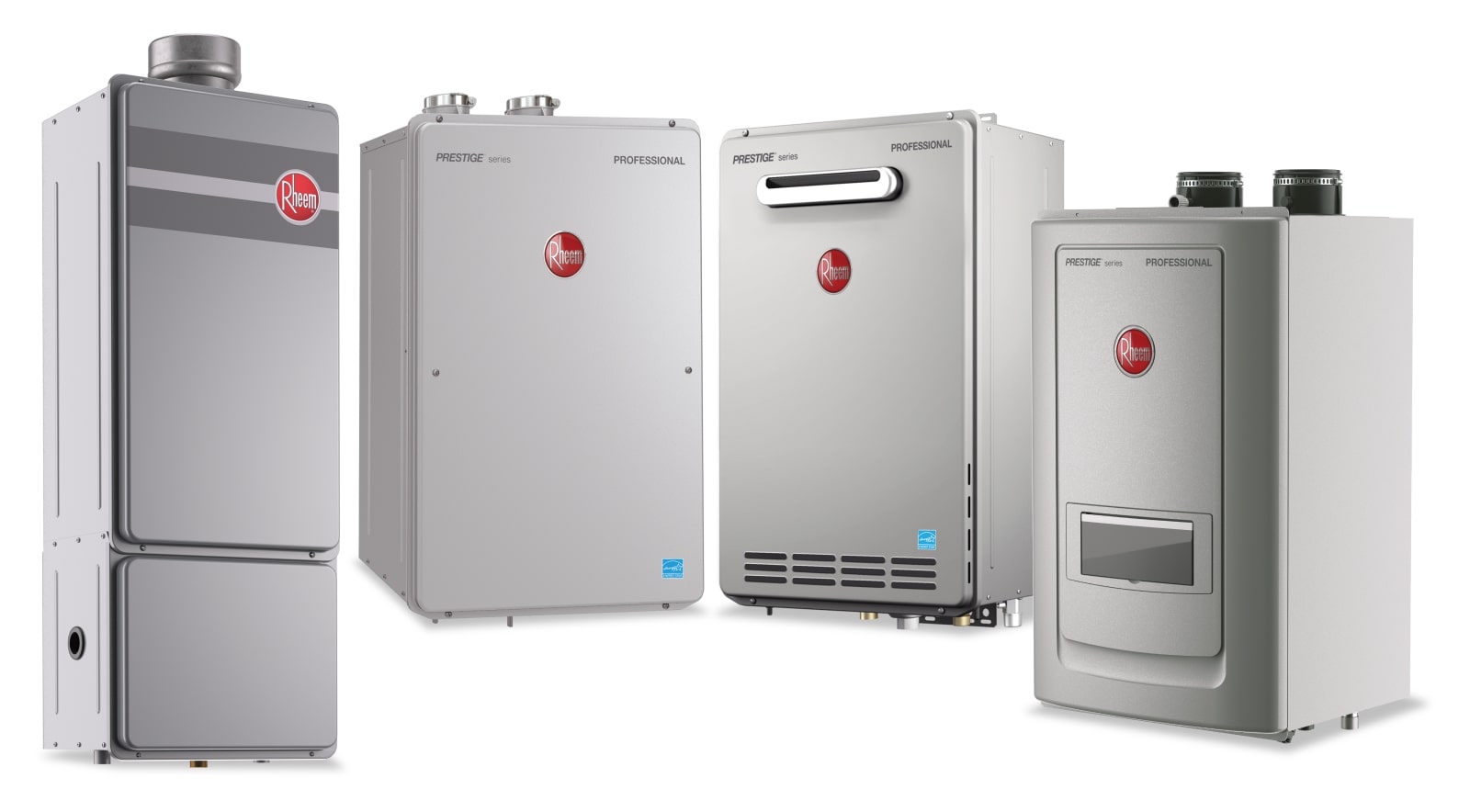

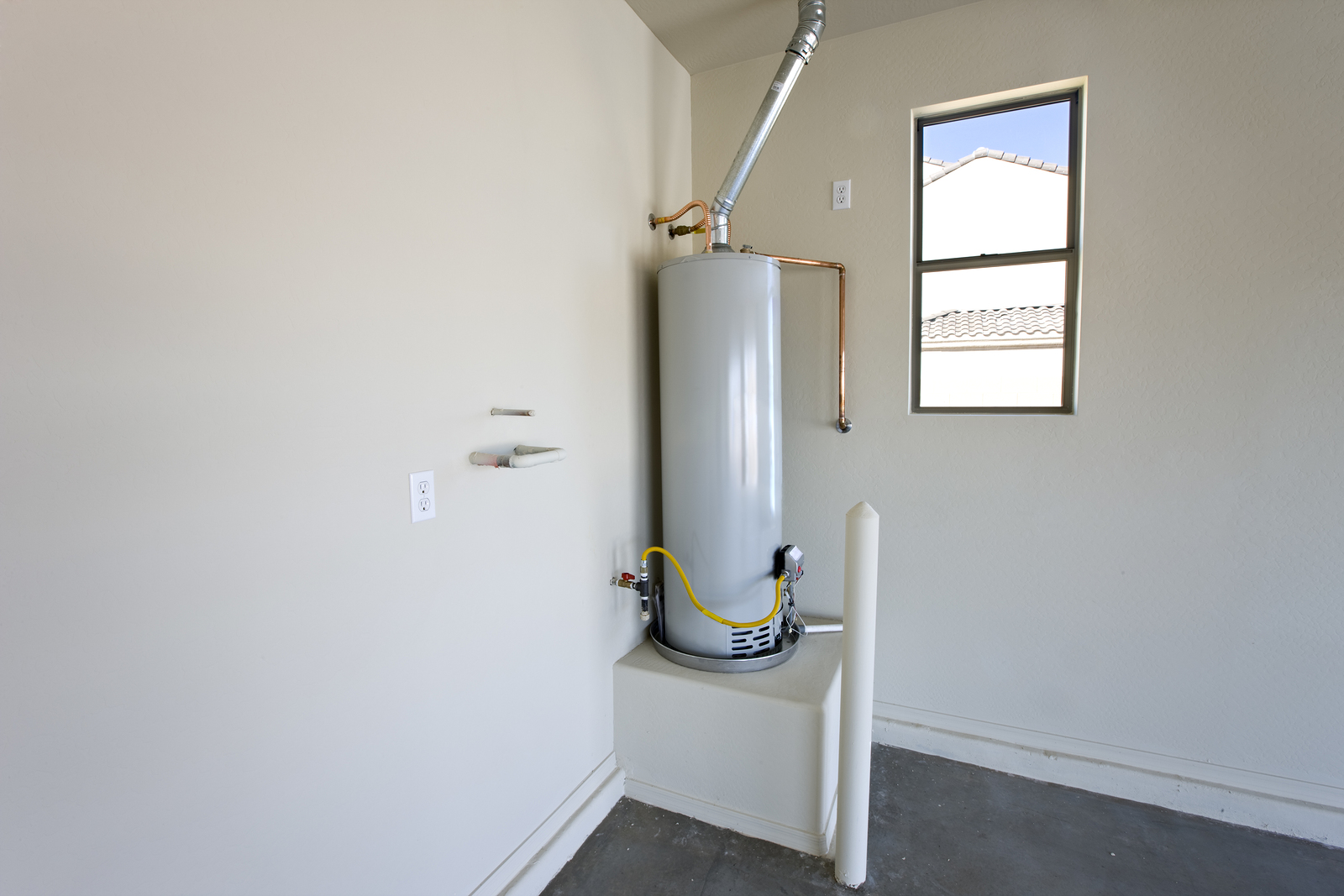


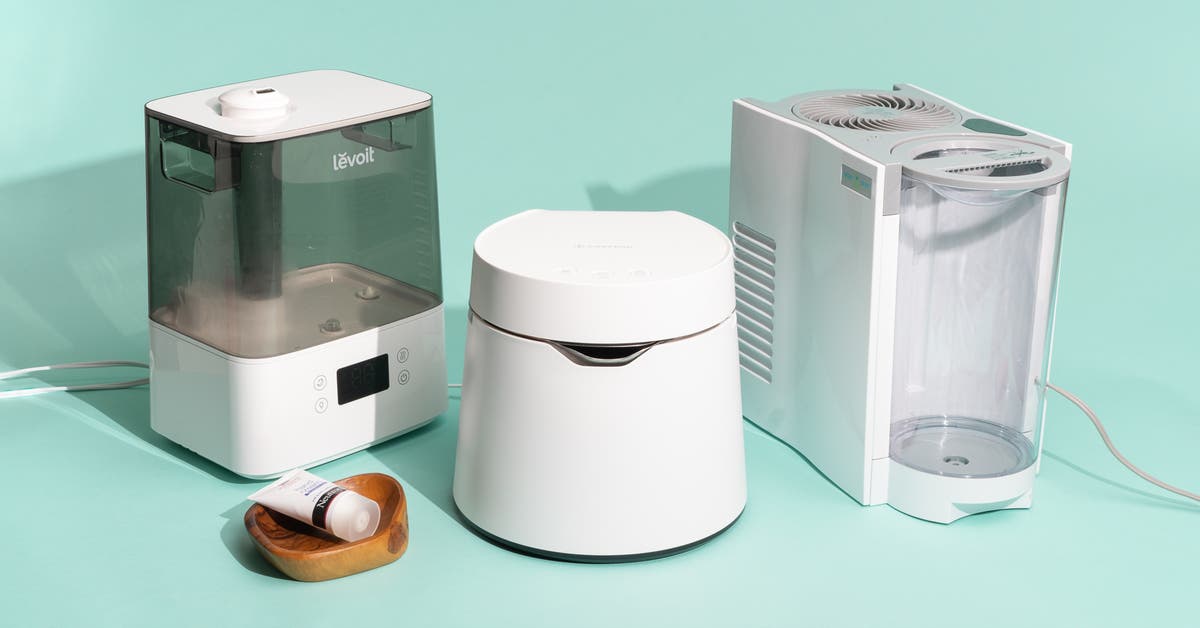
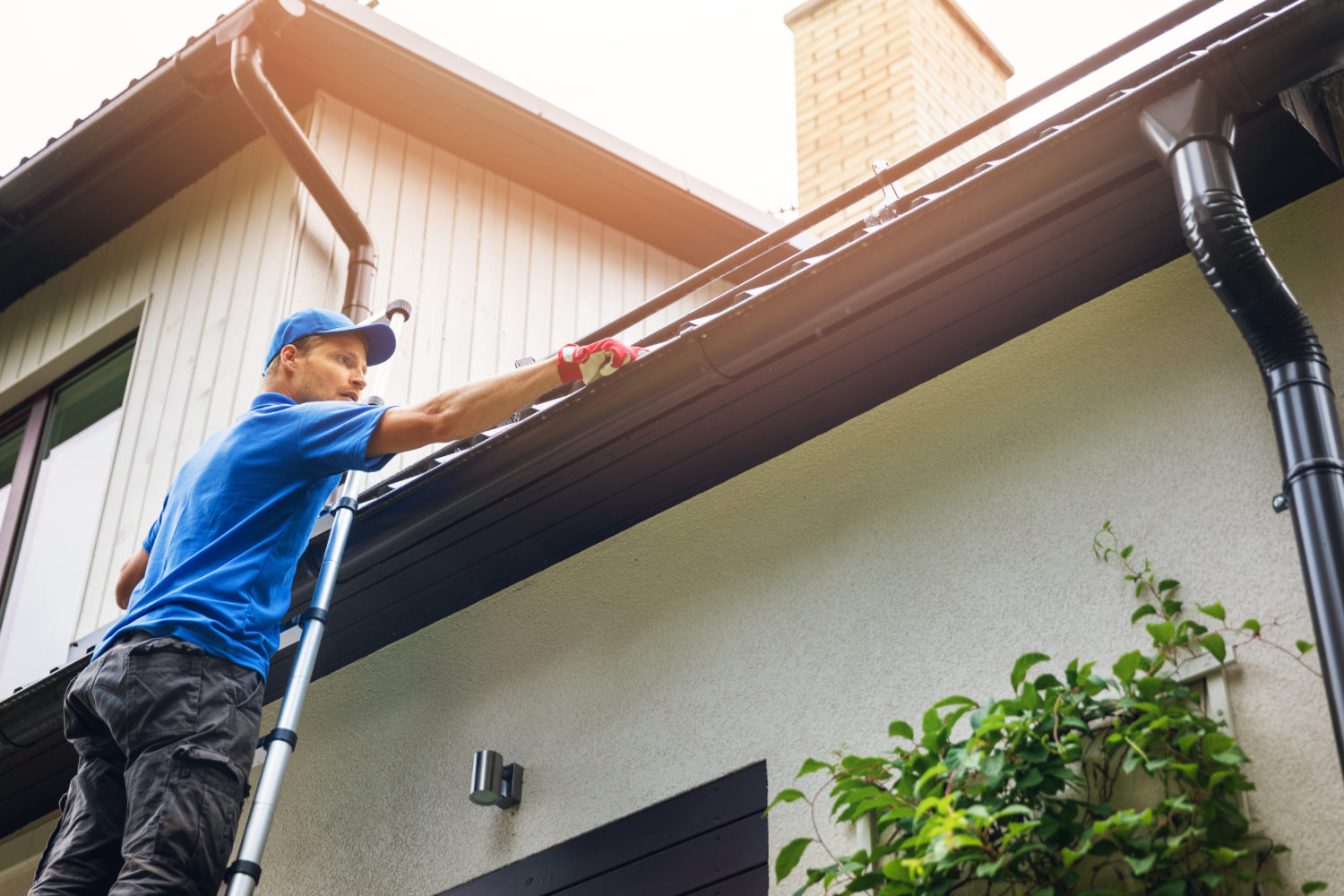


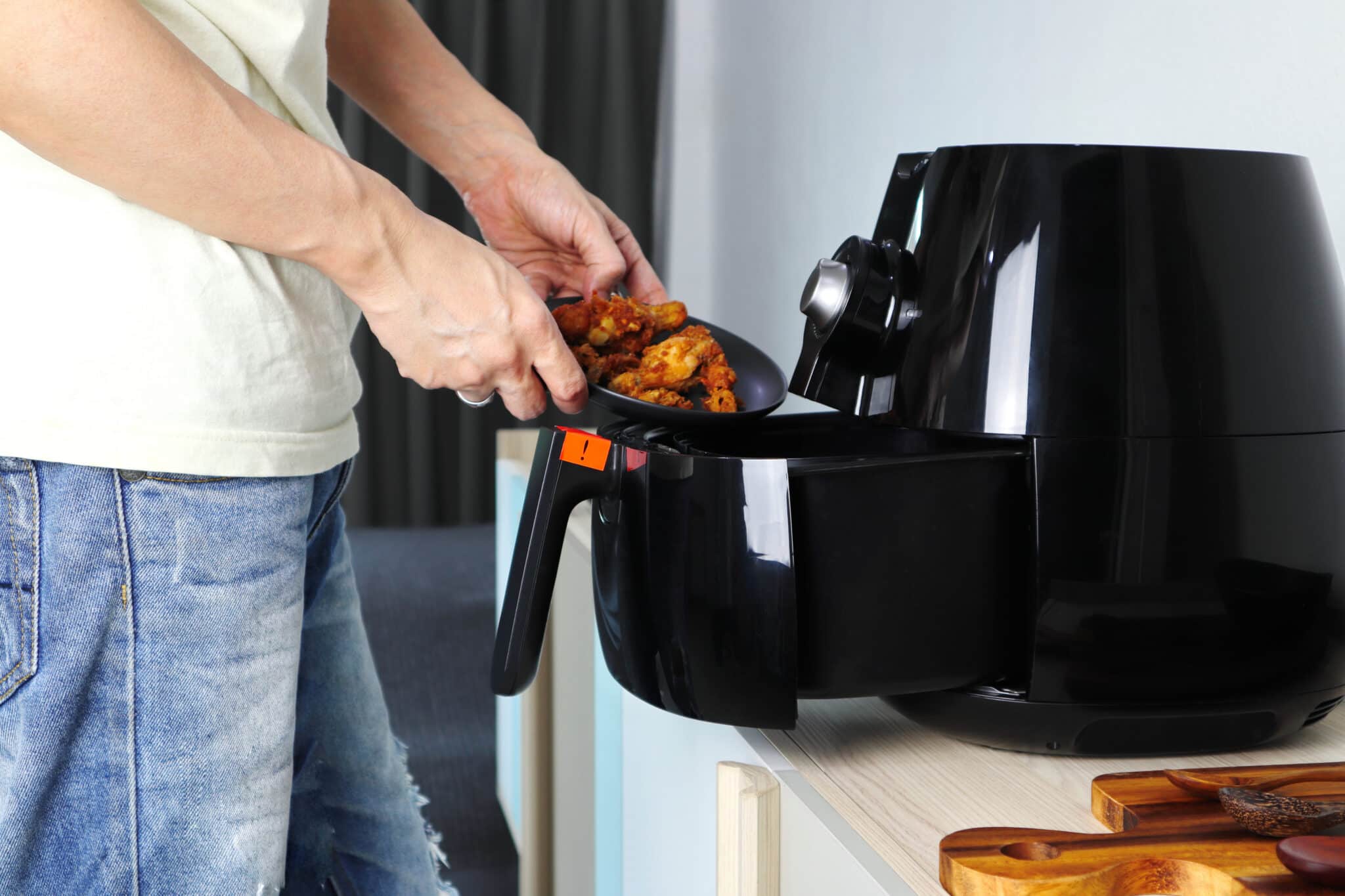





0 thoughts on “What Size Expansion Tank Do I Need For A 40 Gallon Water Heater”